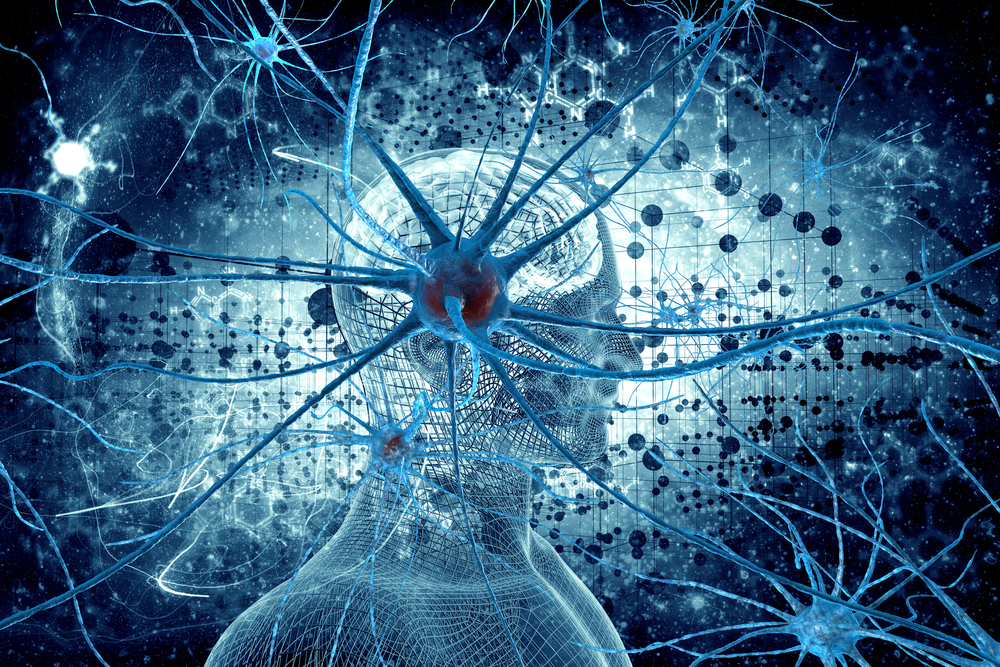Different Protein Structures Found to Cause Distinct Neurodegenerative Diseases, Including Parkinson’s Disease
Written by |

A study recently published in the renowned journal Nature revealed that the different structures adopted by a protein called alpha-synuclein can cause distinct neurodegenerative disorders. The study was led by researchers at the KU Leuven in Belgium and CNRS (Centre National de la Recherche Scientifique) in France and is entitled “α-Synuclein strains cause distinct synucleinopathies after local and systemic administration”.
Neurodegenerative disorders are caused by misfolded protein aggregates, although they may differ in the protein component and affected brain region. In the case of neurodegenerative synucleinopathies, like Parkinson’s disease or multiple system atrophy (MSA), these result from aggregates or deposits of a protein called alpha-synuclein.
Parkinson’s disease is a progressive neurodegenerative disorder that develops gradually, with patients usually experiencing the first symptoms around the age of 60 or older. As the disease progresses, the symptoms worsen from a barely noticeable tremor in the hands to serious difficulties in speaking, locomotion, coordination and balance. There is currently no cure for Parkinson’s, and it is estimated that four to six million people worldwide suffer from the disease. MSA is a neurodegenerative disorder that shares many Parkinson’s disease-like symptoms. It is associated with the degeneration of nerve cells in specific brain areas, causing problems with balance, movement and also involuntary body functions like blood pressure, heart rate or bladder control. MSA is a rare disease estimated to affect 15,000 to 50,000 Americans.
The exact function of alpha-synuclein is not clear, but it is thought to play a role in the communication between brain cells. “When alpha-synuclein aggregates accumulate within a brain cell, they interfere with the normal functioning of the cell. The protein aggregates disrupt the communication between brain cells, resulting in cell death. Up to now, nobody understood how aggregates of this single protein could induce different pathologies,” said a study’s co-senior author Dr. Veerle Baekelandt in a news release. Interestingly, alpha-synuclein deposits in glial cells (non-neuronal cells that constitute up to 50% of the brain cells and that provide support and protection for neurons) are mainly found in MSA, while neuronal alpha-synuclein inclusions are typically seen in Parkinson’s disease.
Based on the previously reported finding that alpha-synuclein can aggregate into different structures, in this study the research team hypothesized that such different structures could be responsible for the different clinical, pathological features among synucleinopathies. Using mice, researchers found that indeed, the alpha-synuclein conformation lead to distinct histopathological and behavioral phenotypes.
“You could compare it to the construction of a house,” explained the study’s lead author Dr. Wouter Peelaerts. “With the same building blocks – in this case the alpha-synuclein protein – you can create many different structures. In 2013, Professor Ronald Melki and his colleagues from CNRS isolated several forms of fibers called ‘strains’. The two most important strains were cylinder-shaped fibers reminiscent of spaghetti and broad ribbons that resemble linguini. We injected these fibers separately into the brain and blood stream of rats. We noticed that the rats developed different symptoms: while the ‘cylinders’ induced Parkinson’s disease, the ‘ribbons’ caused MSA symptoms.”
The team concluded that distinct neurodegenerative diseases are caused by structurally different alpha-synuclein fibers. “We are gaining more insight into the differences between the diseases. But we suspect that more fibers with different shapes and effects are waiting to be discovered, apart from the two that we examined in this study. In any case, our findings open up possibilities for the development of new treatments. A drug that counteracts the development of aggregates could be used to treat a whole range of brain diseases.” concluded Dr. Peelaerts.





